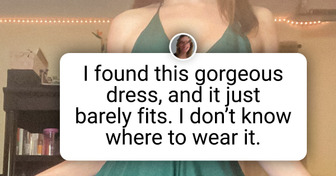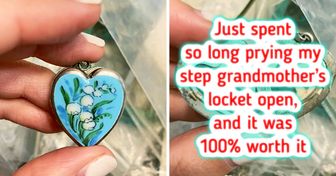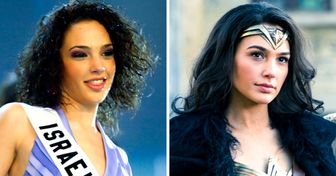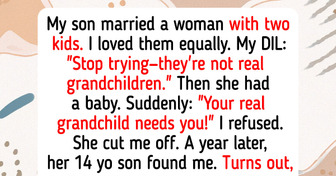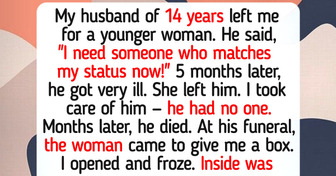15 Inspiring Stories That Prove Everything in This Life Depends on Us
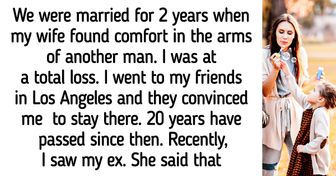
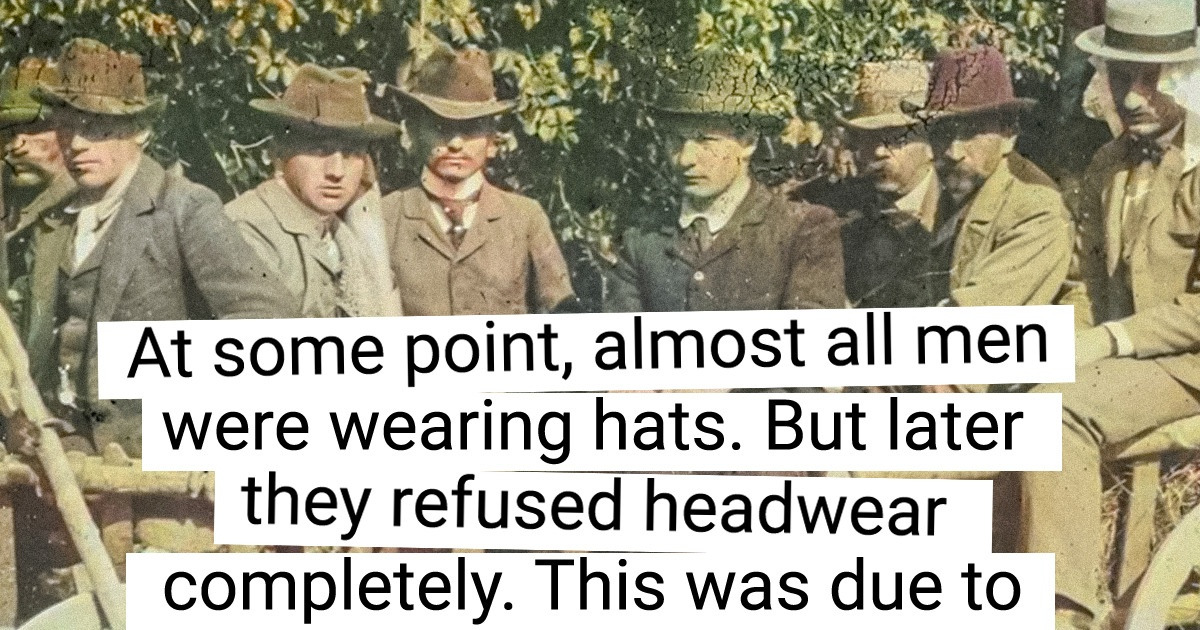
Not only famous couturiers and fashion houses affect the fashion world, but also significant events happening in society. Thus, about 70-100 years ago, almost 100% of men were wearing hats of different types. But as cars with low roofs got popular, the fashion for this headwear quickly disappeared.
We at Bright Side decided to find out what other historical events affected fashion to a little or big extent.
Corsets have been an indispensable supportive women’s underwear in Europe for several centuries. Their popularity reached its peak in the Victorian era. But in the middle of the 19th century, corsets started to be sharply criticized by doctors who insisted on the negative effect of this wardrobe item on the female body. At the end of the 19th century, women themselves started to stand for wearing more comfortable clothes that weren’t restraining their movements.
The female activists of those times were claiming that not only are corsets physically harmful, but are also “the results of male conspiracy to make women subservient.” They believed that refusing uncomfortable corsets can change the position of women in society, provide them with more social mobility, make them less dependent on men and marriage, and let them work fully and earn money.
After 1920, the popularity of corsets almost disappeared. Instead, women started to wear belts and elastic bras.
It was exclusively men who used to wear trousers ever since they were created. In many world regions, this tradition was even enshrined in law. But at the end of the 19th century, women started to use bikes more and more often and loose trousers started to replace puffy skirts and dresses in their wardrobes as it was much more comfortable to ride bikes in them. By the beginning of the 20th century, women started to wear full-length trousers.
In the 1930s, trousers were perceived as a normal female clothing item. It happened after such actresses as Marlene Dietrich, Katharine Hepburn, and other famous women started to appear in them. In 1939, the Vogue journal published photos of women in trousers for the first time.
At the beginning of the 20th century, the Fedora hat was one of the main elements of men’s looks. Men wore it in almost all public places. But it became a particularly common accessory when Prince Edward VIII of Wales made the felt hat his main headdress.
It’s quite curious that even in the 1880s, several decades before felt hats had conquered men’s hearts, the French theater actress Sarah Bernhardt popularized it among women. Bernhardt played Fedora in the theater and the soft felt hat was a part of her costume, which viewers liked a lot.
Also, the Fedora hat became popular among female activists who were fighting for gender equality.
At some point, almost all men were wearing hats: caps, Fedoras, boaters, top hats, etc. This headwear was widespread regardless of class. This can be perfectly seen in century-old photos; it’s hard to find a person without a hat in them. However, some time later the popularity of hats started to decrease and later men refused them completely.
According to one of the theories, this was due to the mass distribution of low-roof cars in the 1920s. First of all, when a person sits in a car, there is no need to wear a hat as protection from bad weather. Secondly, getting into and out of the car wearing a hat is not very comfortable because it keeps falling off. That’s why men started to wear hats more rarely.
In the 1950s, when hats stopped indicating social status, their popularity faded away completely.
In 1912–1913, the actress Suzanne Orlandi was one of the first women to wear a Chanel little black dress made from velvet with a white collar. But it became widely spread only in 1926 after the Vogue edition publishes photos of Chanel’s little black dress with long sleeves.
Chanel herself boasted that she let non-wealthy people “walk like millionaires” although it was not that long ago when wearing black was meant for servants only. However, thanks to the French fashion designer, this outfit has remained popular for many years and all because of its affordable price and elegant look.
The most famous model of the 1960s, Twiggy, made a revolution in the fashion world. After she appeared, the whole fashion industry was turned upside down because, at that time, most fashion models had curvy body shapes. While they were advertising glamorous clothes for wealthy consumers, Twiggy, who came from a working-class family, was promoting affordable casual outfits for thin people. It was thanks to her that women all over the world started to dream of losing weight, and also began to cut their hair short and wear short dresses in bright colors.
At the beginning of the 1920s, movie stars started to widely wear sunglasses. They were doing it not only for hiding from their fans, but also to conceal their red eyes. The thing is, at the time, powerful arc lights were widely used on sets that were emitting bright light containing ultraviolet. It made the actors’ eyes turn red.
This accessory became affordable for the public after the year 1929 when Sam Foster mastered the manufacture of cheap sunglasses and started to sell them on the beaches.
At the beginning of the 20th century, water sports started to get more and more popular. In the middle of the last century, men developed a special love for surfing.
In Hawaii, avid surfers were looking for swimming trunks that would not fly off from the impact of large waves. That’s why local tailors sewed shorts made of thick canvas with lacing at the waist so that they wouldn’t fall off the body. Such board shorts were liked not only by surfers, but also by ordinary beachgoers.
In 1982, the already famous actress Jane Fonda released several video lessons on aerobics that quickly turned into bestsellers. She was teaching housewives to do fitness while wearing bright leggings in different colors. Thanks to Jane Fonda, aerobics gained worldwide popularity and made leggings trendy and an item that soon became an integral part of women’s wardrobes.
What other examples of historical events that affected the history of the fashion industry are you aware of?

